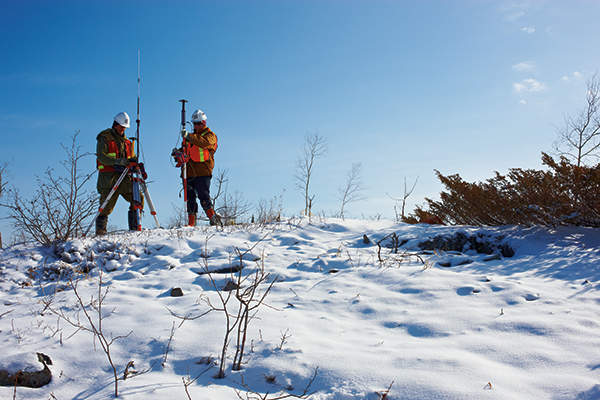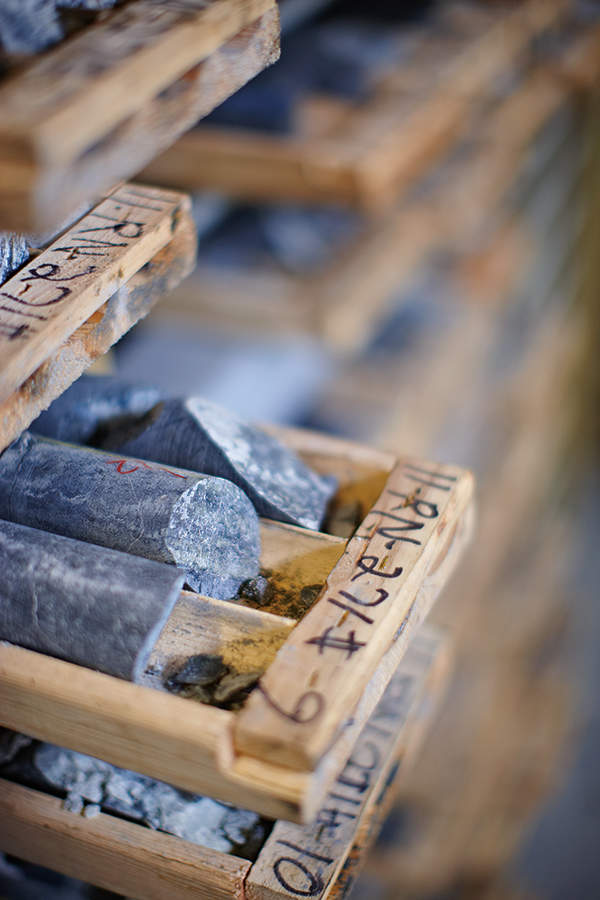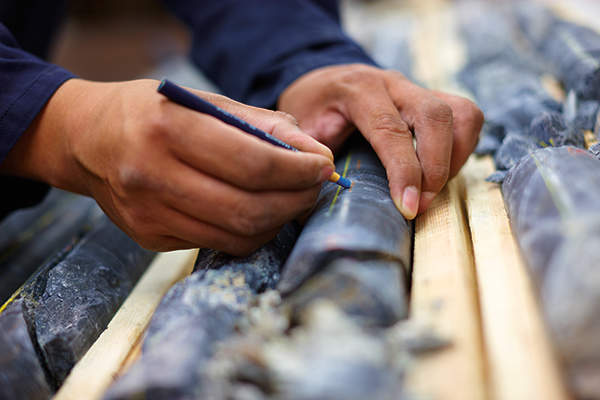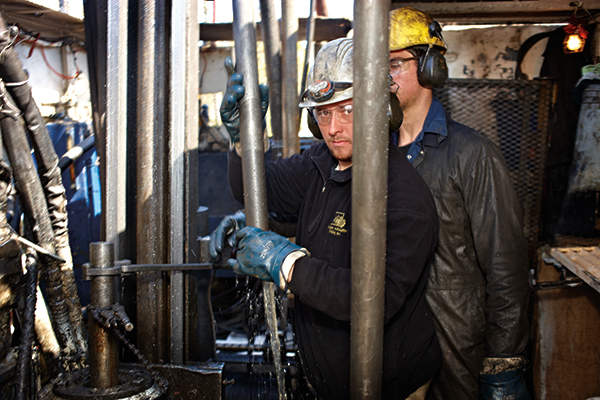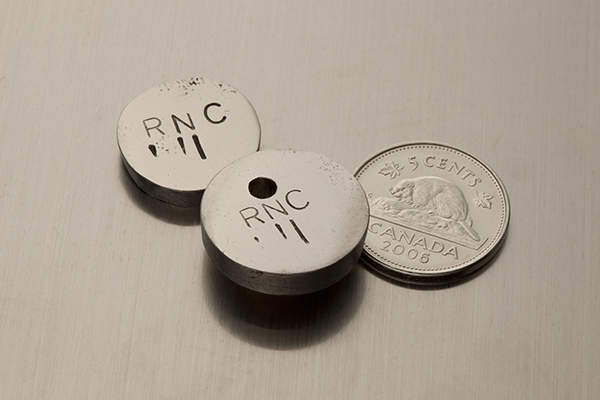
Dumont Nickel Project is a nickel sulphide (NiS) deposit lying in the Abitibi-Témiscamingue region of Quebec, Canada. The mine falls within the precincts of Launay and Trécesson municipalities and is located approximately 15.5 miles (25km) north-west of the city of Amos, 37 miles (59km) north-east of the city of Rouyn-Noranda, and about 43.5 miles (70km) north-west of Val D’Or.
Royal Nickel Corporation (RNC), a Canadian mineral resource company, is the licensee of the mine and owns 100% interest in the property.
With a projected throughput of 100,000t per day, Dumont is set to become the fourth largest nickel sulphide mine in the world once in operation. The open pit mining method will be employed to extract the nickel.
In September 2012, RNC and the municipality of Launay entered into an agreement for the development of the Dumont project. The agreement between the two parties is expected to benefit the Launay community and help in the advancement of the project.
The environmental assessment (EA) of the mine is expected to be completed by the fourth quarter of 2012. Feasibility study of the project, which is scheduled to be realised by June 2013, will determine the net reserves and the development timeline of the mine.
The environmental assessment (EA) of the mine was completed and submitted to the provincial and federal authorities in November 2012. Feasibility study of the project, which was completed in July 2013, determined the net reserves to be 1.17 billion tonnes containing 6.94 billion pounds of nickel.
Nickel reserves, resources and mineralisation of the Dumont mine
As per June 2013 estimates, the Dumont deposit has probable reserves of approximately one billion tonnes graded at 0.26% nickel. The proven reserves are estimated to be 179.6 million tonnes graded at 0.32% nickel and the project life is estimated to be 33 years.
Mining operations at RNC’s nickel mine
Minerals from the Dumont mine will be unearthed through an open pit. The mining will be carried out by building an associated processing facility and establishing on-site and off-site infrastructure.
Related project
Bucko Lake Nickel Deposit, Canada
The Bucko Lake nickel mine is located near the Wabowden community in the Canadian province of Manitoba.
The mine, the ore treatment facility, and the associated infrastructure will initially have an average ore processing throughput of 52,500t per day. The processing capacity will be increased to 105,000t per day in the fifth year of mining operations.
Three distinct fleets of production equipment will be deployed to carry out the mining. Clay will be mined using hydraulic excavators, each with 10m³ capacity, and 60t trucks.
A 16m³ hydraulic excavator and 140t trucks will be engaged to establish initial terraces. Rock is planned to be drilled using a percussion drill machine having a combination of 102mm and 165mm holes. Once the three distinct loading areas are created, this fleet of equipment will be removed and the remaining material will be excavated using RNC’s own fleet.
Approximately 85% of the waste rock unearthed from the pit will be transferred to a single dump. The remainder will be utilised to build the tailings storage facility (TSF) adjacent to the dump.
Dumont mineral processing
The run of mine (ROM) ore from Dumont will first be transferred to primary crushers to extract nickel concentrate and tailings.
The excavated raw ore will undergo crushing and grinding followed by desliming using hydrocyclone. It will then undergo slimes floatation, rougher floatation, and cleaning floatation. Sulphide rougher tailings will be recovered via magnetic mechanism.
The magnetic concentration, sulphide first cleaner tailings, nickel alloy rougher and cleaner flotation will then be ground again. The resulting concentrate will be thickened, filtered and stocked for delivery to third-party smelters by rail-cars or trucks.
The tailings of slimes flotation, magnetic concentrate, alloy rougher, and alloy first cleaner scavenger will be coalesced and thickened in the TSF before sending out.
Infrastructure and facilities
The Dumont project site is well positioned in terms of road connectivity and other infrastructure. The site can be accessed from the provincial Highway 111 that passes through the southern boundary of the mine. A railway line is easily available as the Canadian National Railway (CNR) passes through the area.
Related project
Goro Nickel Project, New Caledonia
The Goro Nickel plant is located on the South Pacific island of New Caledonia and is one of the largest mining projects under construction anywhere in the world.
Water can be sourced from the Villemontel River, which is located less than two miles from the processing plant.
Electricity for the project will be taken from a substation located in Figuery, Quebec, located about 25 miles (40km) from the site.
The ore processing facility will be used to accommodate the crushing machine and covered stockpile in addition to the processing plant.
The TSF will be installed about 1.8 miles (3km) to the north of the processing plant. It will initially consist of one cell. The second cell will be constructed in the ninth year of mining operations.
Other facilities include two large overburden dumps, two smaller overburden dumps, and a waste rock dump.
Contractors
Norascon was awarded a mining contract in September 2012 to undertake the overburden pre-stripping phase of the project.
The revised pre-feasibility study was undertaken by Ausenco Solutions Canada, under a contract awarded in January 2012. Geology, resource estimate, hydro-geology, hydrology and geo-technical information were compiled by SRK Consulting.
The two companies were again contracted in May 2012 for the preparation of a feasibility study. Ausenco was further awarded a detailed engineering contract for the mine in May 2014.
Environmental geochemistry investigations were conducted by Golder Associates.

